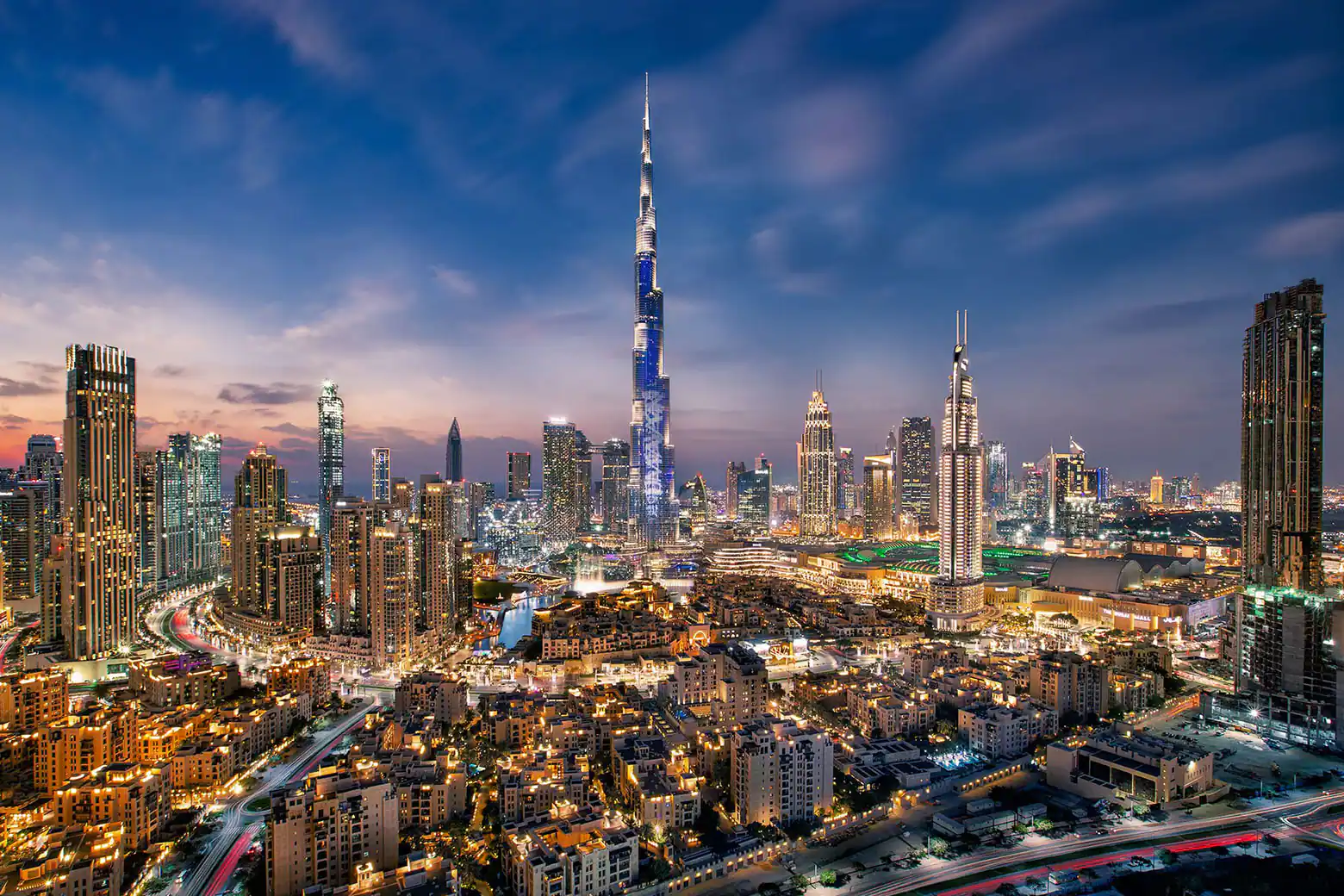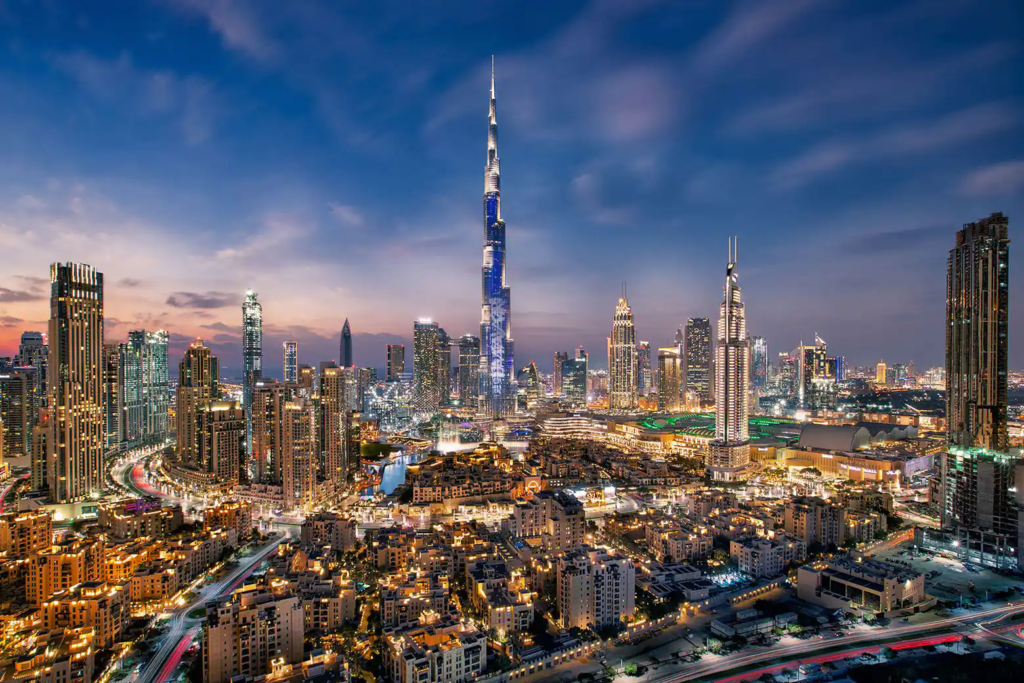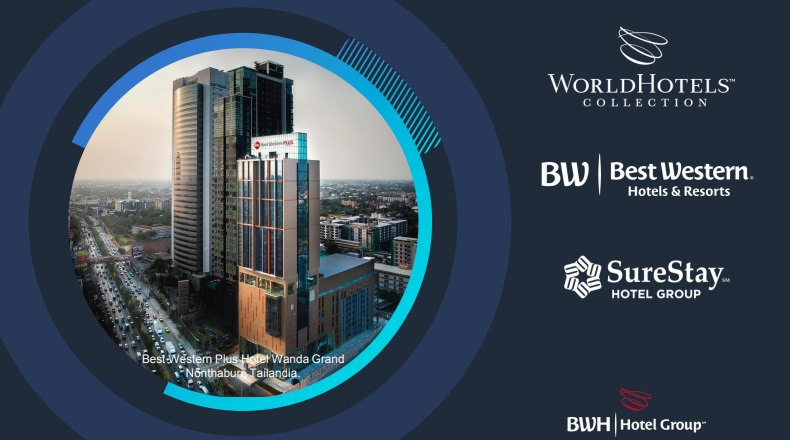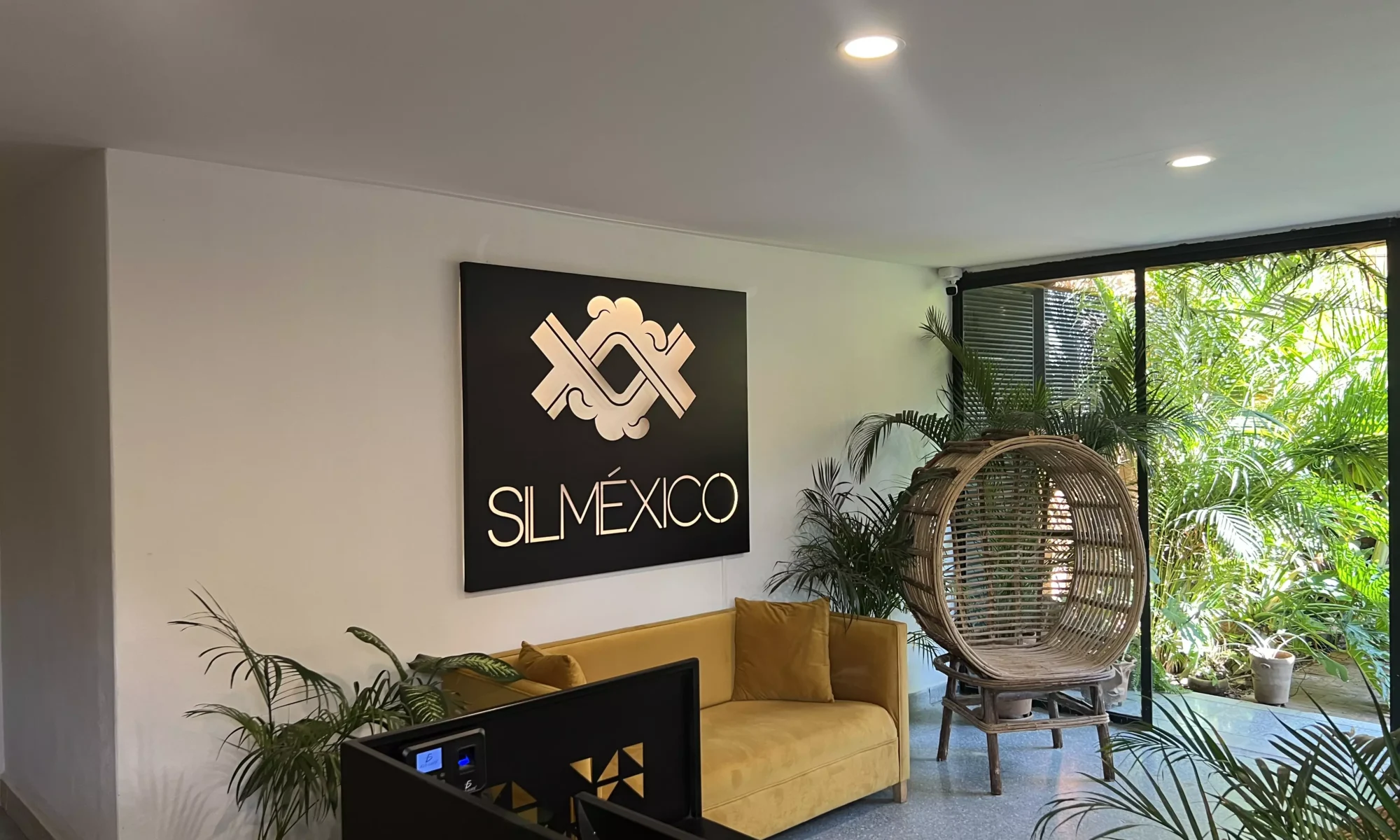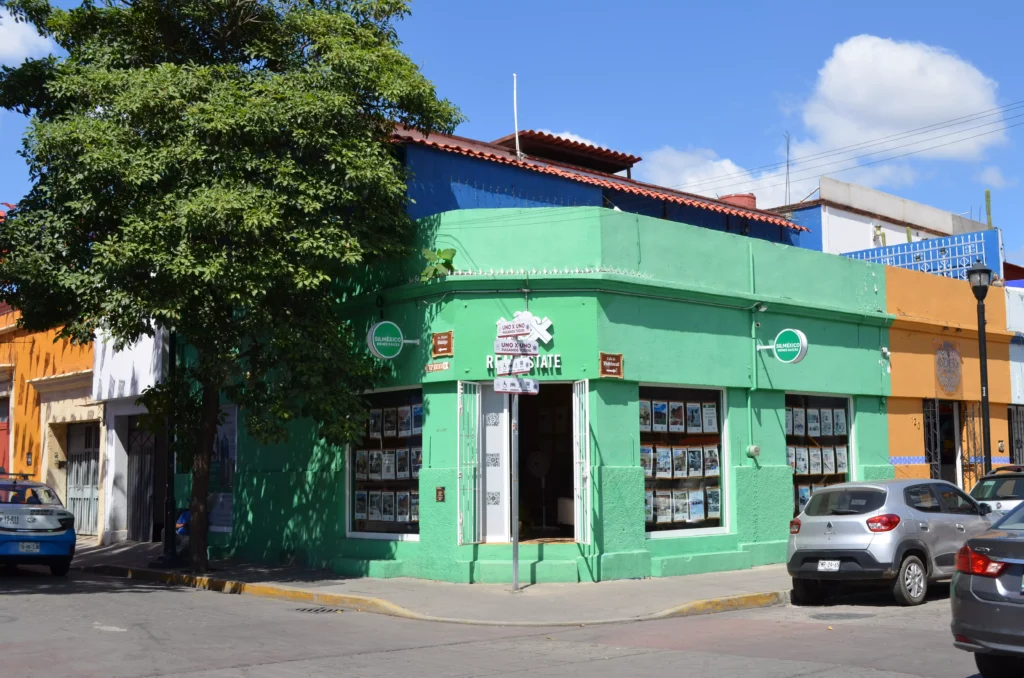
Welcome to another insightful blog post where we delve into the trends, challenges, and opportunities in the Mexican Real Estate and business market. Today, we’re tackling a critical topic for anyone interested in buying property in Mexico as a foreigner: understanding Article 27 of the Mexican Constitution. Whether you’re looking to live or invest in Mexico, it’s essential to grasp the rules and regulations surrounding land ownership in this beautiful country. Let’s get started!
What is Article 27?
Article 27 of the Mexican Constitution, originally enacted in 1917, addresses the ownership and use of land and waters within the national territory. This article is fundamental for both Mexican nationals and foreigners, setting the framework for land ownership and its restrictions. Here are the key points:
1. National Ownership
Article 27 states that the ownership of lands and waters within Mexico belongs primarily to the nation. The Mexican government can transfer this ownership to private individuals or companies under specific conditions.
2. The Restricted Zone
For foreigners, Article 27 introduces the “restricted zone,” which includes land within 100 kilometers (about 62 miles) of any national border and within 50 kilometers (about 31 miles) of any coastline. Foreigners cannot directly own land in these areas.
However, Section I of the article allows the state to grant land and water rights to foreigners, provided they agree to consider themselves as Mexican nationals concerning the acquired property and not invoke the protection of their home country regarding the same. If this agreement is breached, all rights to the property revert to the nation.
Legal Mechanisms for Foreign Ownership
Despite these restrictions, there are legal mechanisms that allow foreign ownership indirectly.
Fideicomiso (Bank Trust)
One common method for foreigners to acquire property in the restricted zone is through a fideicomiso, or bank trust. In this arrangement, a Mexican bank holds the legal title to the property while the foreign buyer retains all ownership rights and responsibilities. This trust is typically set up for a 50-year term and can be renewed indefinitely.
Mexican Corporation
Another option for foreign investors is to establish a Mexican corporation. If the property is intended for non-residential purposes, such as commercial real estate, a Mexican corporation with foreign shareholders can directly own property within the restricted zone.
Direct Ownership Outside the Restricted Zone
Outside the restricted zone, foreigners can directly own property without the need for a fideicomiso or a Mexican corporation. This makes areas like Mexico City, Guadalajara, and many inland regions attractive options for foreign investors.
Why Do These Restrictions Exist?
The primary reason for these restrictions is historical. After the Mexican Revolution, the government aimed to protect national sovereignty and prevent foreign powers from gaining control over strategic areas. While these measures might seem restrictive, they have provided stability and protection for Mexican land resources.
Tips for Foreign Investors
If you’re considering investing in Mexican real estate, here are some tips:
-Work with experienced real estate professionals and legal advisors familiar with Mexican property law.
-Conduct thorough due diligence and understand all legal requirements before making a purchase.
At SILMEXICO, we offer all these services, so don’t hesitate to contact us—we’d be glad to help you!
Understanding Article 27 of the Mexican Constitution is crucial for anyone looking to invest in Mexican real estate.
Thank you for reading, and don’t forget to follow us on all our social networks like SILMEXICO OAXACA and subscribe to our blog and podcast for more content and advice on the real estate sector.



